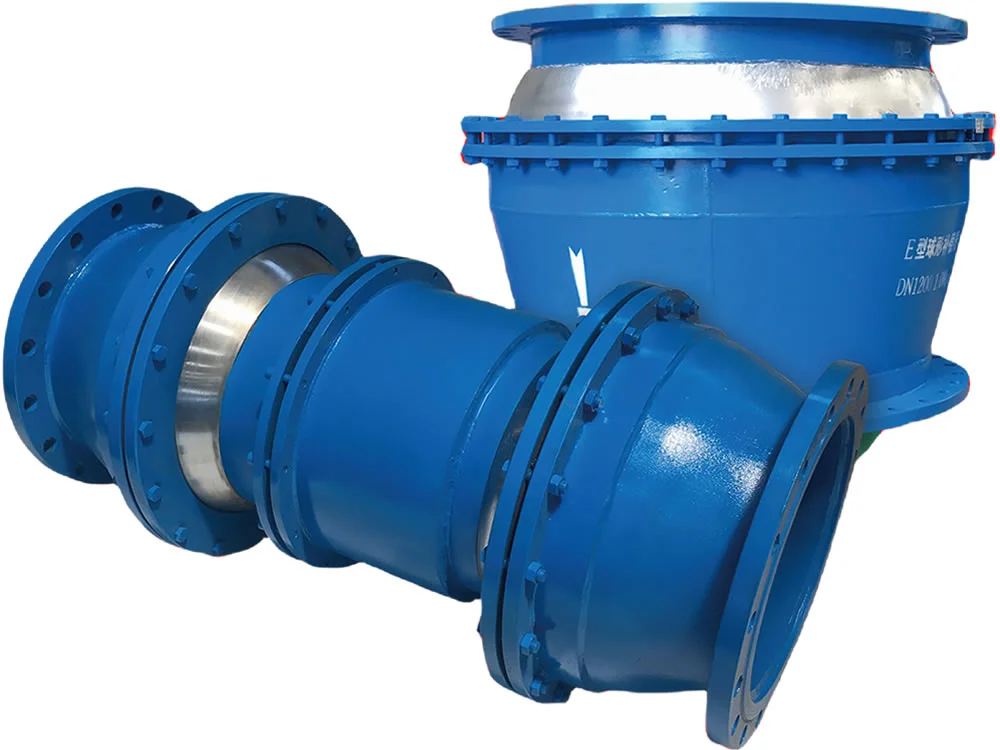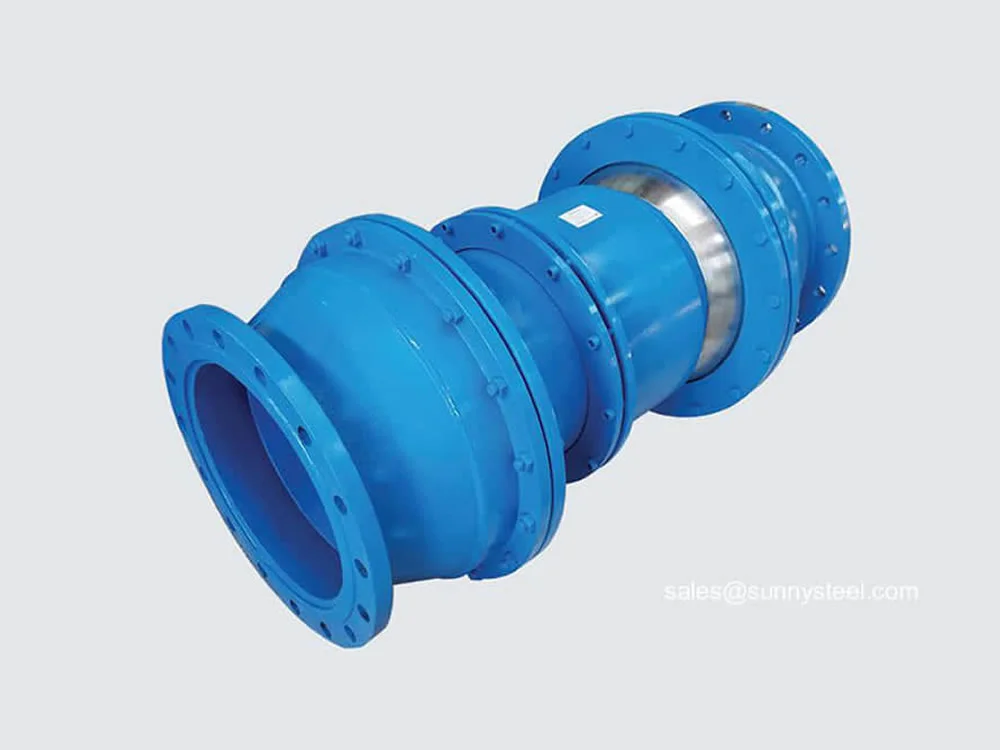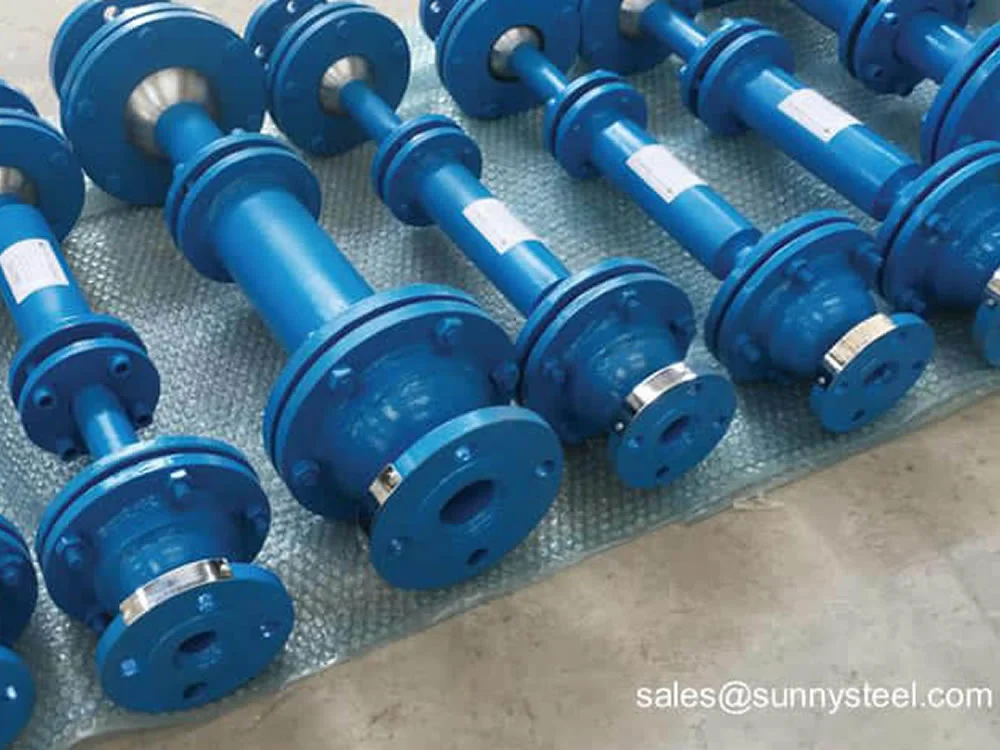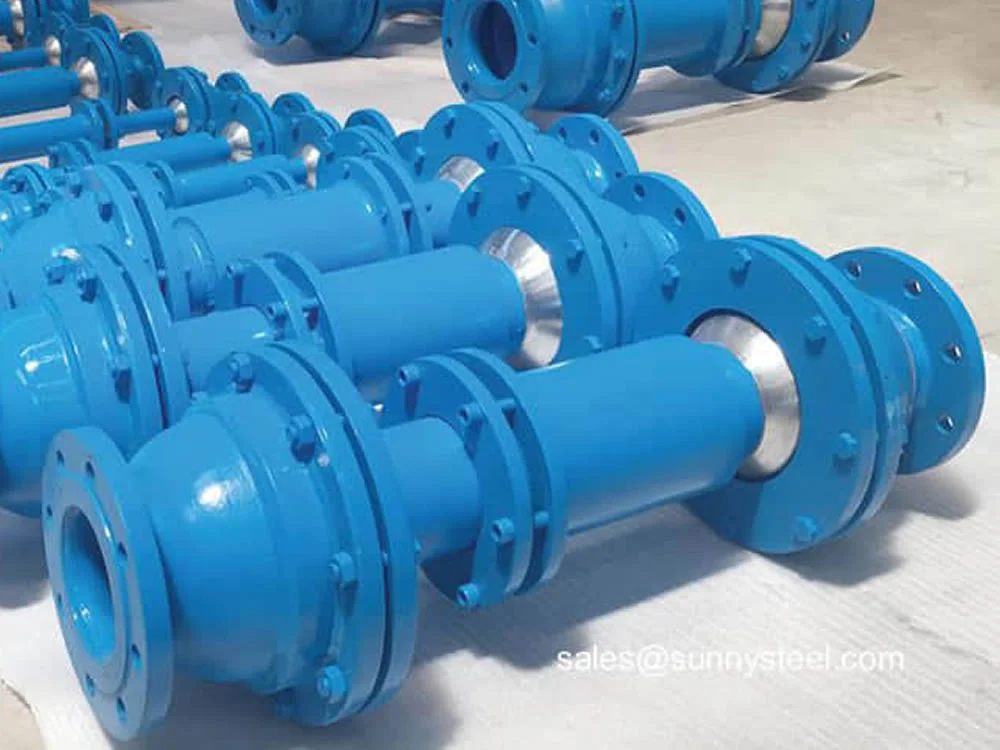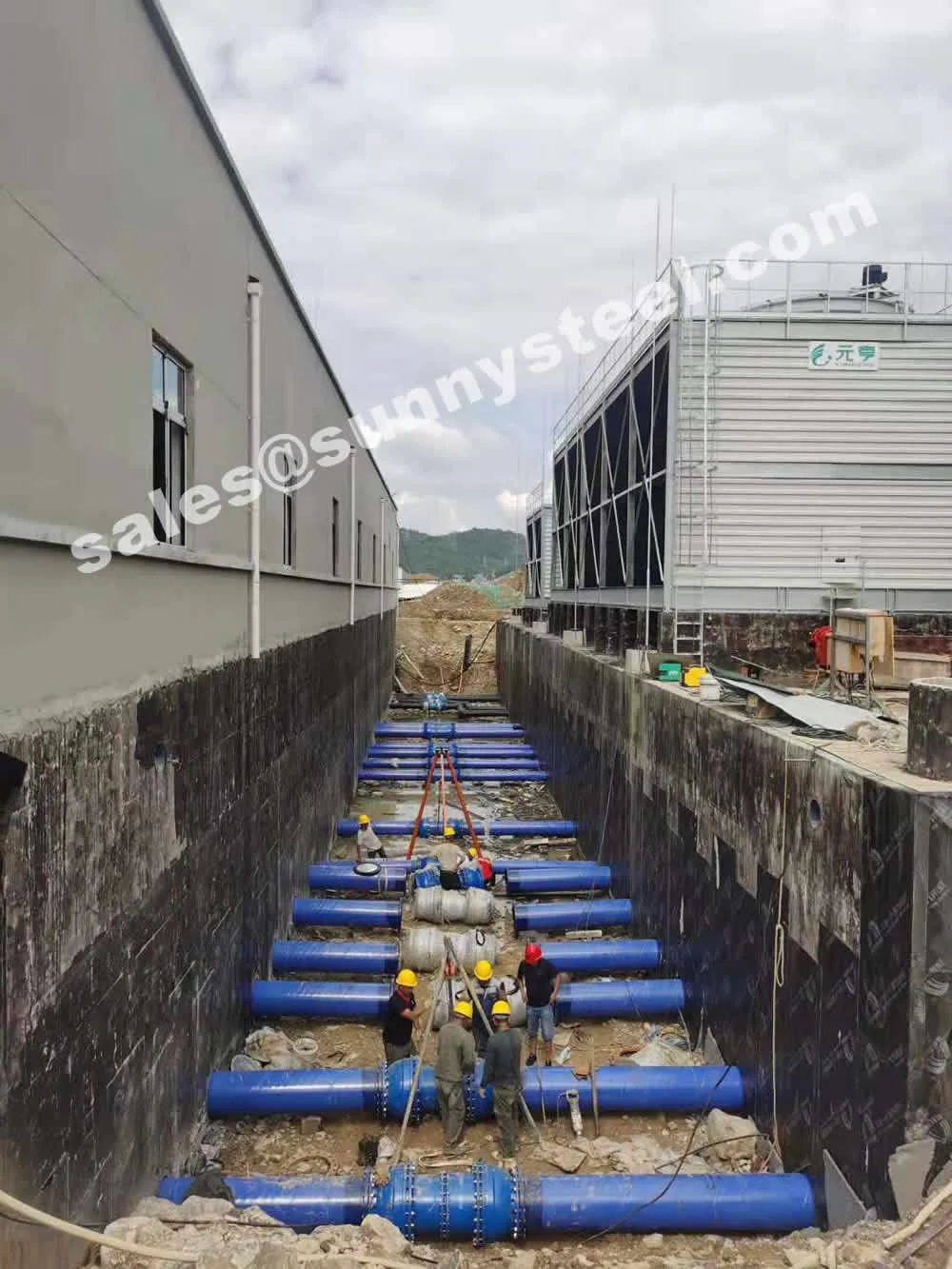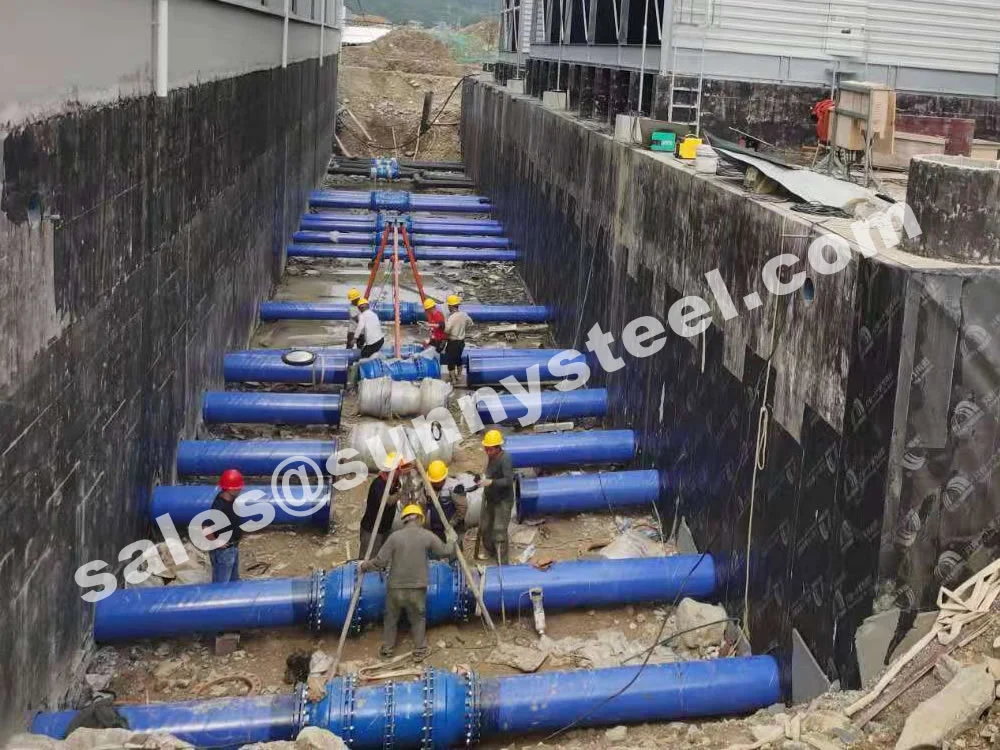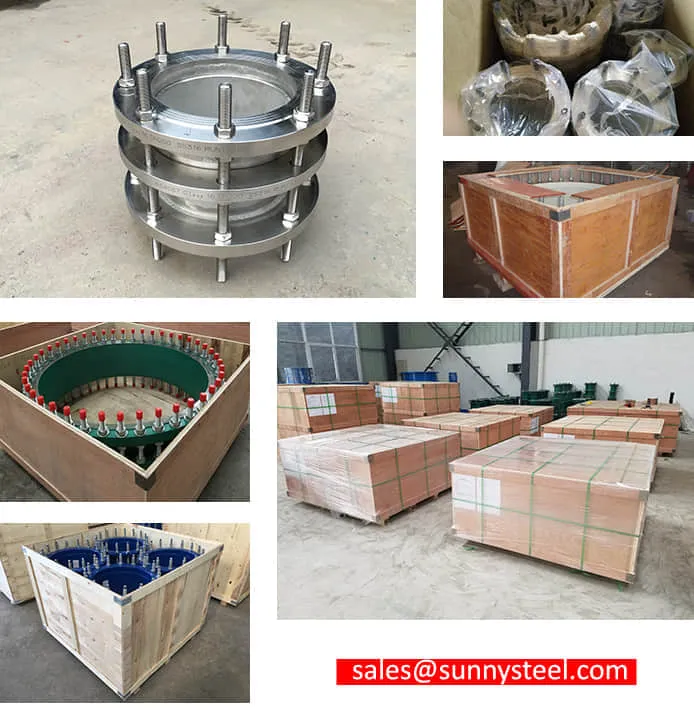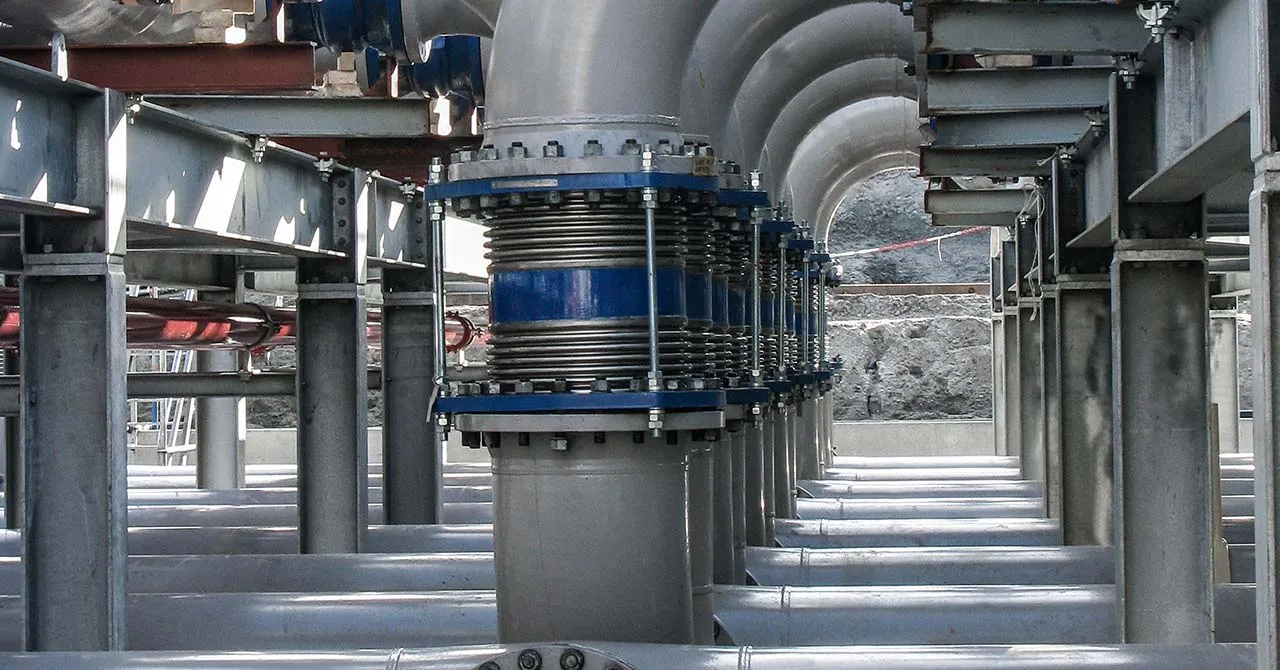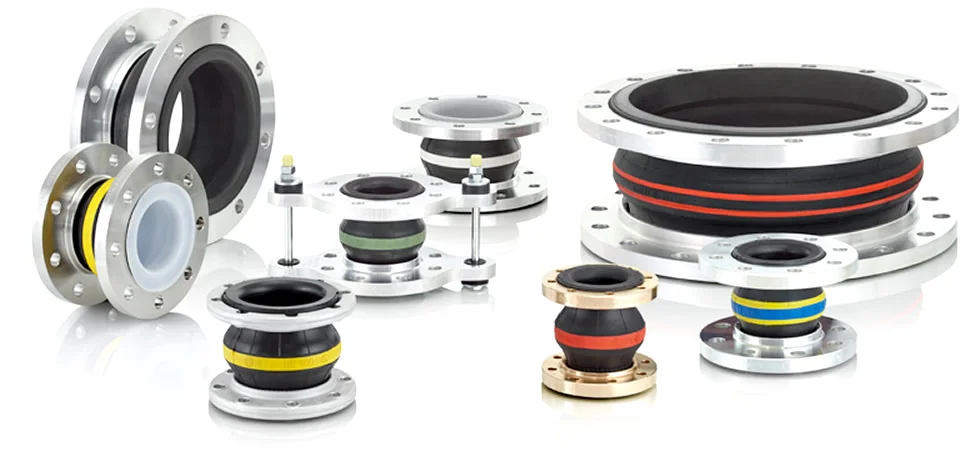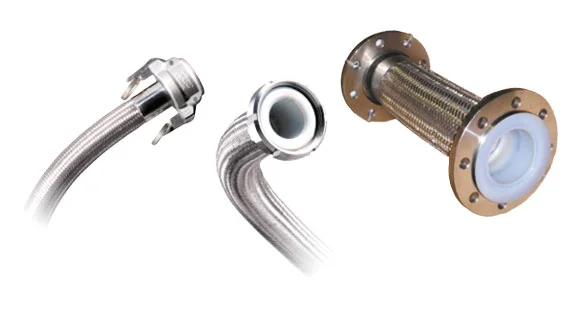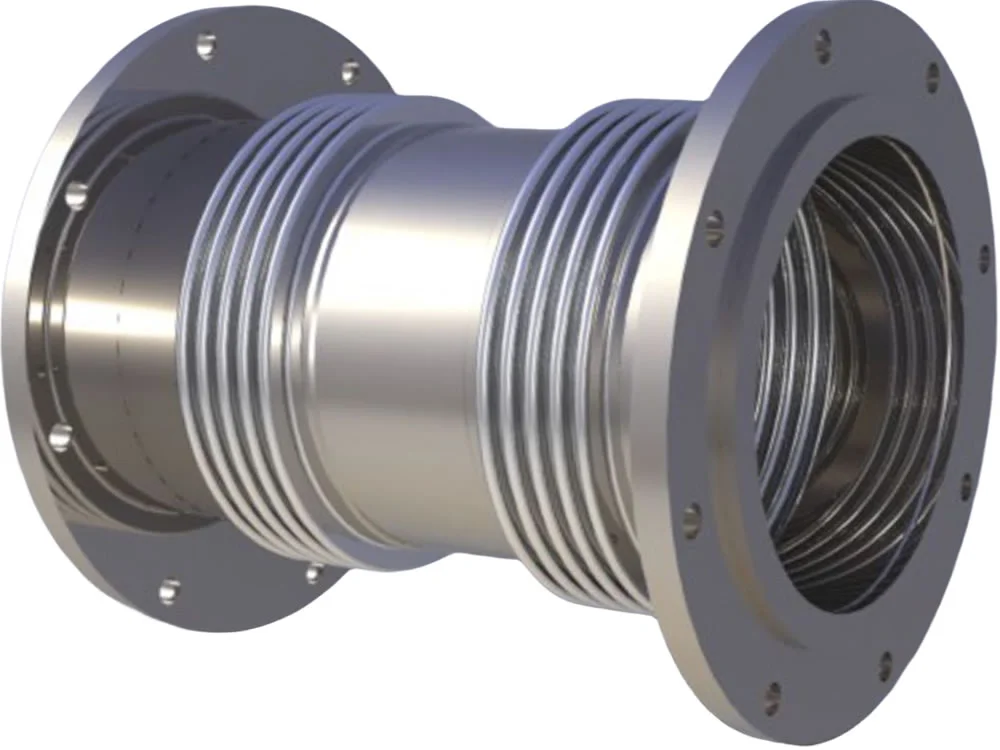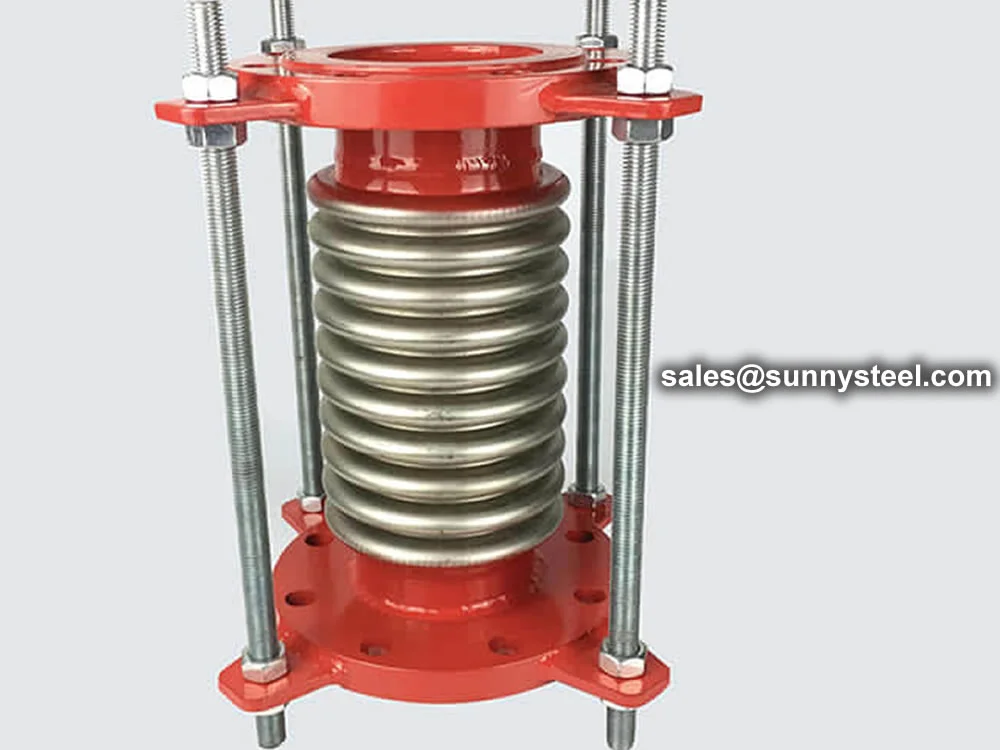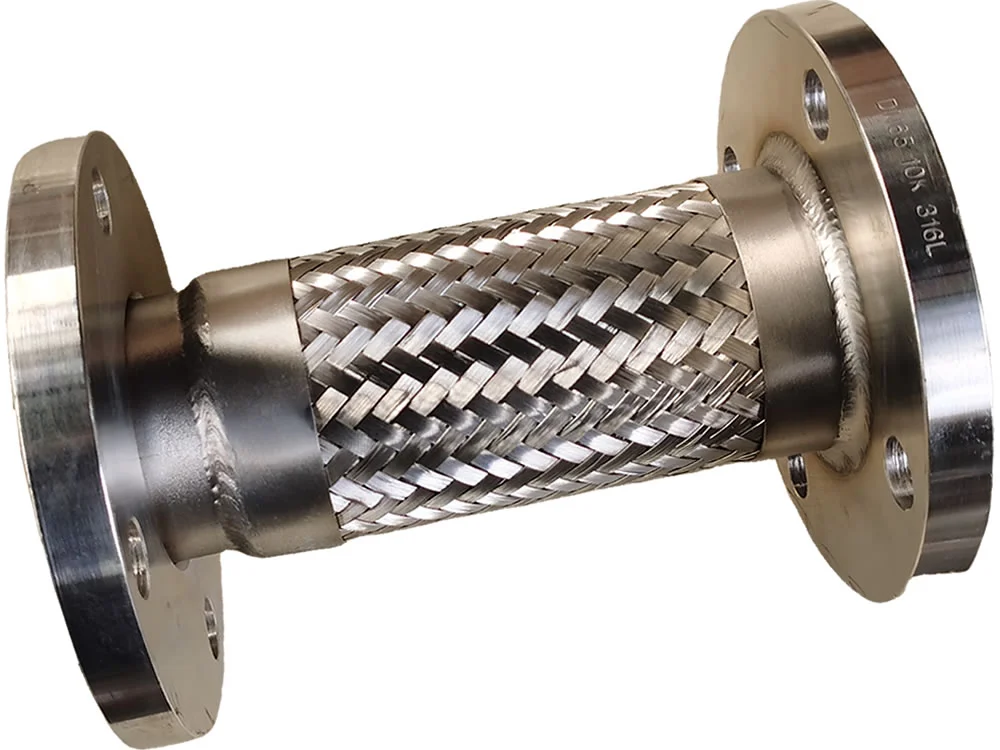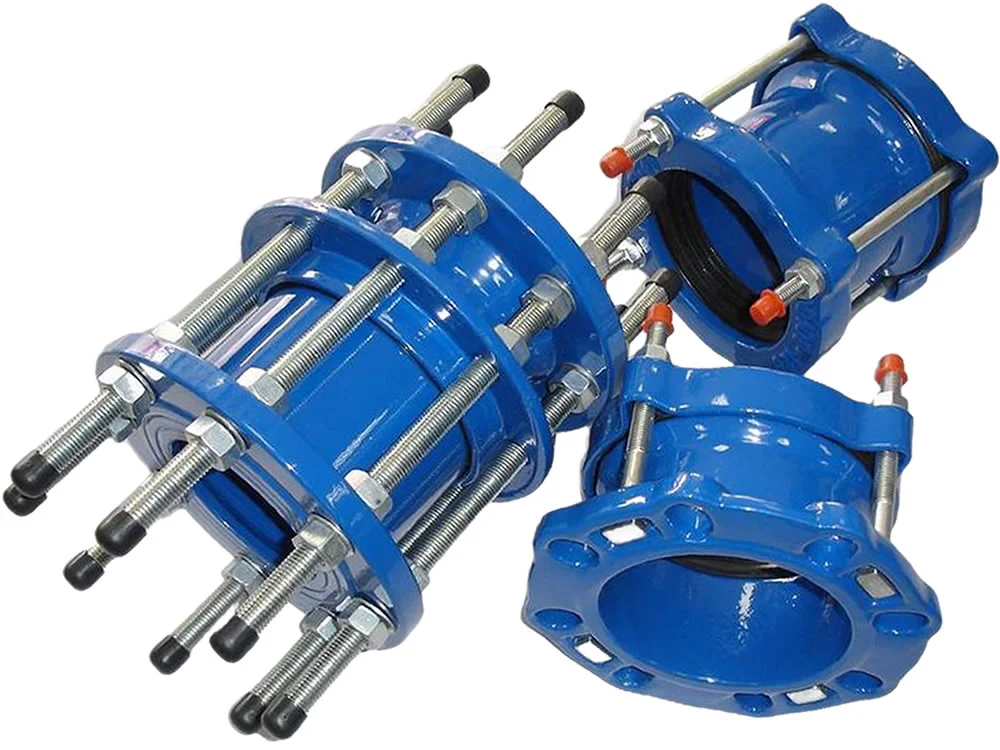Flexible Expansion Joints are critical components in industrial piping
systems, designed to absorb thermal expansion, mechanical vibrations, and misalignment while
maintaining system integrity. Constructed from materials like stainless steel, rubber, or PTFE-lined
composites, these joints provide excellent corrosion resistance and flexibility, making
them ideal for applications in chemical processing, power generation, HVAC systems, and boiler
pipeline protection. Their versatile design ensures reliable performance under varying pressure
and temperature conditions.
Available in sizes from 1” to 120” (DN25 to DN3000), flexible expansion joints handle
pressures up to 10 MPa and temperatures ranging from -50°C to 500°C, depending on the material and
configuration. They are available in configurations such as single, double, or universal joints,
accommodating axial, lateral, and angular movements. Compliant with standards like EJMA, ASME B31.3, and
ASTM F-1120, these joints ensure quality and safety in industrial piping solutions. The
choice of materials—stainless steel for high corrosion resistance, rubber for vibration damping, or PTFE for
chemical compatibility—caters to diverse industrial needs.
The corrosion resistance of flexible expansion joints, particularly those with stainless
steel or PTFE linings, makes them suitable for handling aggressive fluids, gases, and abrasive media in
industries like petrochemicals and wastewater treatment. Their vibration damping
capabilities protect critical equipment such as pumps, compressors, and turbines, reducing wear and
extending system lifespan. Features like tie rods, control units, and internal liners enhance performance in
high-velocity flows or extreme environments, while flanged, threaded, or welded ends simplify installation.
Compared to metallic bellows joints, flexible expansion joints with rubber or PTFE
components offer superior vibration absorption and are lighter, though they may have lower pressure ratings.
They are ideal for applications like steam lines, cooling systems, and chemical transfer pipelines. Rigorous
testing, including hydrostatic, burst, and fatigue tests, ensures reliability and compliance with industry
standards. Custom designs, such as multi-ply bellows or high-movement configurations, provide tailored
solutions for complex piping systems.
Flexible expansion joints address challenges like pipeline wear, corrosion, and thermal
stress in high-throughput industrial systems. Their corrosion-resistant, flexible design makes them a
preferred choice for engineers seeking reliable thermal expansion joints for demanding
environments, ensuring safety, efficiency, and longevity in applications like power plants, refineries, and
HVAC systems.
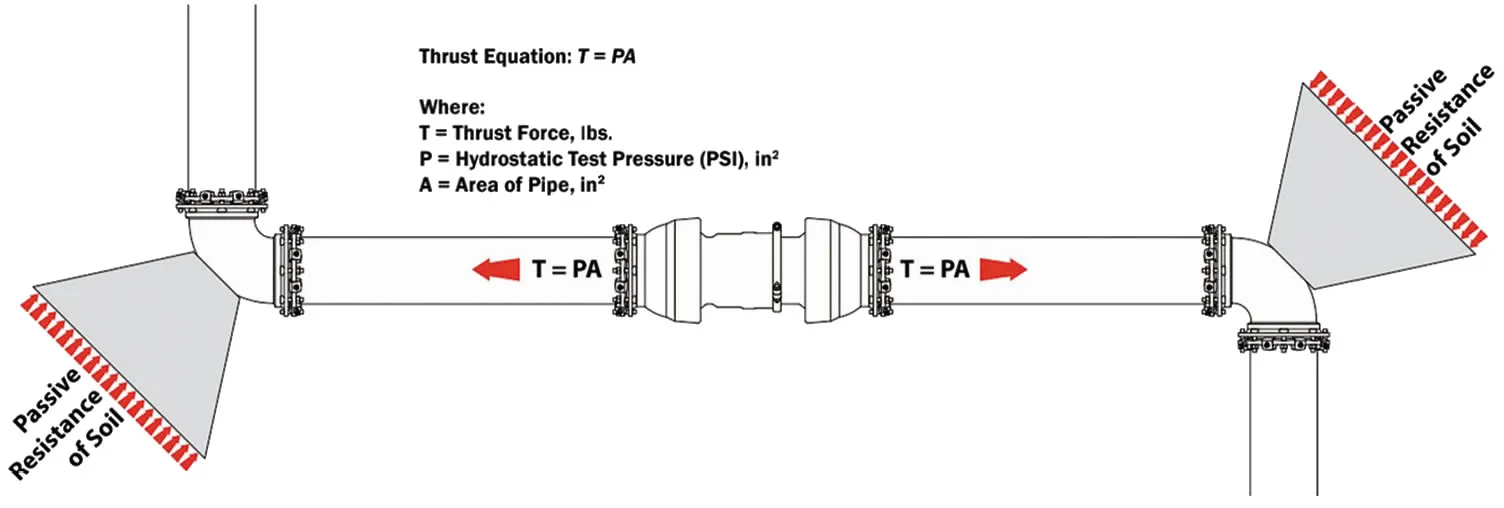
What is a flexible material for expansion joints?
Using rubber in expansion joints offers several advantages over other materials. Not only are they
flexible and high strength, but they are durable and able to resist thermal expansion and contraction
more than other materials.
Flexible expansion joints behave similarly to other expansion joints under pressure. Due to their design,
expansion joints generate end thrust when subject to internal pressure, as seen in Figure 1.1. This end
thrust must be accounted for in pipeline design. The end thrust generated is calculated by multiplying
internal pressure (PSI) by the area listed in Table 1.1.
When used in a long and relatively straight pipeline, the pipe-to-soil friction is generally sufficient
to balance the force. The use of thrust blocks or other means of anchoring is required when fittings are
placed in close proximity to the expansion joint underground. This protects the pipeline from the
tendency of the unit to expand when pressurized. In an above-ground installation such as a bridge
application, some means must be provided to prevent the expansion of bridge application, some
Thrust calculations | Units: inch, inch², lb)
| Size (inch) |
Area (inch²) |
Thrust@150 PSI (lb) |
| 2 |
4.43 |
664.5 |
| 3 |
12.3 |
1845 |
| 4 |
18.1 |
2715 |
| 6 |
37.4 |
5610 |
| 8 |
64.3 |
9645 |
| 10 |
96.8 |
14520 |
| 12 |
136.9 |
20535 |
| 14 |
237.8 |
35670 |
| 16 |
237.8 |
35670 |
| 18 |
366.4 |
54960 |
| 20 |
366.4 |
54960 |
| 24 |
522.8 |
78420 |
| 30 |
804.3 |
120645 |
| 36 |
1152.1 |
175815 |
| 42 |
1555.3 |
233295 |
| 48 |
2027 |
304050 |
The successful installation of expansion joints in a pipe system Requires the careful consideration of
many variables. The most important issue is to establish the direction in which the movements are acting
and in which way the movements should be absorbed. Once this information is known, the solution
incorporating the most suitable expansion joint type(s) can be determined. The following pages give some
ideas and suggestions for a pipe system design, and how to implement expansion joints in the system in
the Best way.
